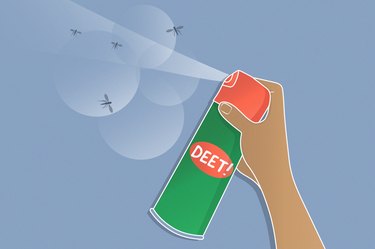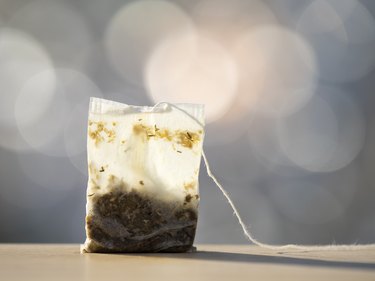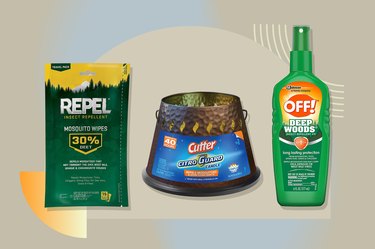At our bites and stings page, we understand that bites and stings from insects and animals can be a common occurrence, especially during outdoor activities. We offer several resources to help you better understand the symptoms, causes and treatments for various bites and stings.
Our team of medical experts provides in-depth articles on how to identify bites and stings from different insects and animals, as well as advice on how to prevent them from happening in the first place. We also offer practical tips for treating bites and stings, including natural remedies and over-the-counter medications.
Whether you are dealing with a mosquito bite, a bee sting or a snake bite, this page can help. We offer advice on when to seek medical attention, as well as information on various medical treatments that may be available."







